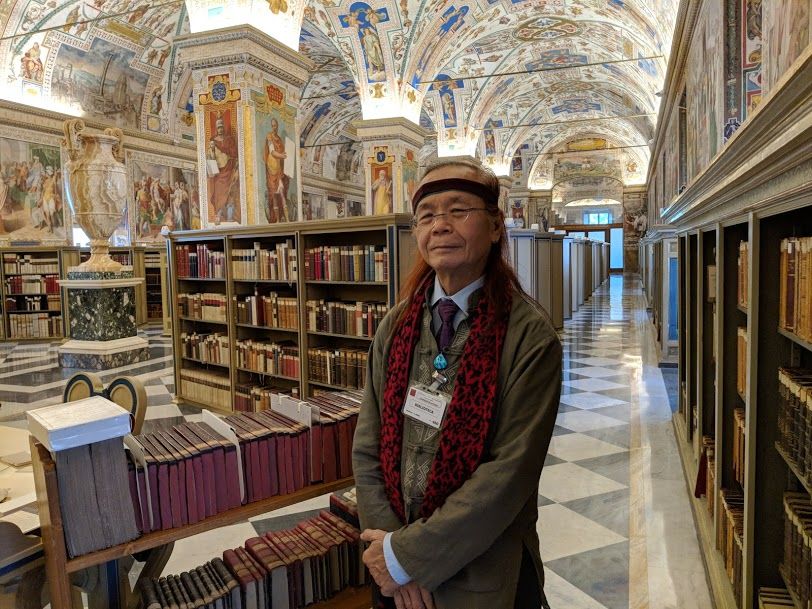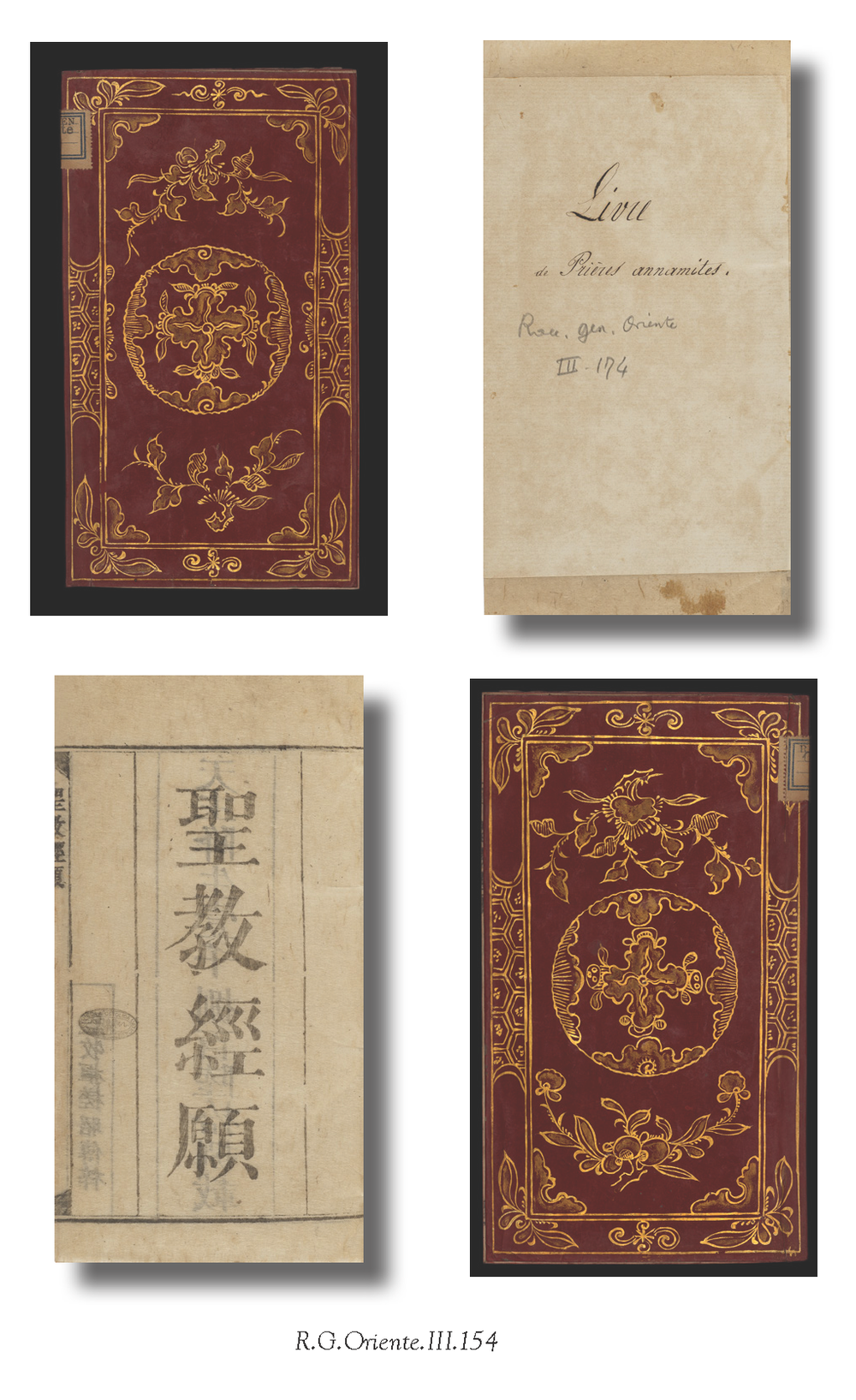Vietnamese Nôm Printed Documents Catalogued at the Vatican


A small group of Vietnamese documents kept at the Vatican have long remained unknown to scholars because they never received a catalographic description.
The collection consists of 110 documents, both printed (from 1802 to 1878) and in manuscript form. Most of them were written in Nôm, an ideographic writing system that employed Chinese characters to represent Vietnamese sound. A part of Nôm ideograms were borrowed from Chinese, in nativized Hán Việt sounds, in order to approximate the written language with the spoken language of the population. Nôm was written and printed from the tenth to the twentieth century. Approximately one thousand years of Vietnamese cultural history were recorded in the unique script of Nôm: literature, philosophy, history, jurisprudence, medicine, religion, and politics. For the most part, this whole legacy has been lost; during the seventeenth century, with the introduction of the Latin alphabet into the country, the Nôm system fell into disuse. French colonialism declared its end.
When the sinologist Paul Pelliot (1878 - 1945) came to the Vatican in 1922 to compile the catalog of Chinese documents, he ignored that group of documents, which remained forgotten afterward.
The Library scriptor orientalis, Delio Vania Proverbio, recently raised the question concerning the description of these documents and contacts were made with Prof. Ngô Thanh Nhàn, of the Center for Vietnamese Philosophy, Culture and Society, of Temple University in Philadelphia, and the Linguistic String Project of New York University.
Last October the distinguished professor spent a period of ten days in the Library in order to undertake the cataloging of the works. All the printed books, 87 volumes, most of which have covers made of lacquered cardboard, have been cataloged accoring do the Dublin Core standard (Dublin Core Metadata Initiative). The Library will import the metadata and make it available in its online catalog in the MARC 21 format.
At a later date, the 23 manuscripts will also be described and measures will be taken to restore the lacquered covers, which are particularly fragile and which impede the proper use of the works. Prof. Nhàn emphasized the extraordinary importance of these works. In many cases, these are unique documents, which will certainly appeal to scholars in the field.


The 喃學 Nôm Studies Project
Vietnam has two writing systems: the chữ quốc ngữ and chữ Nôm. Chữ quốc ngữ uses a roman alphabet with accents. Chữ Nôm, Hán Việt included, uses ideograms, similar to Chinese, Korean and Japanese. Chữ Nôm was used in Vietnam for more than 1,000 years until the 1920s, when it was replaced by chữ quốc ngữ. Chữ Nôm was neglected for the next 70 years. Hundreds of thousands of documents exist in chữ Nôm, the ideographic national script used in Vietnam since the country’s independence from China in 939 AD. These documents – literature, medicine, drama, music, court records, philosophy, village records, and royal proclamations among them – are now in danger of further destruction after more than 125 years of warfare, and hundreds of years of monsoons, pillage and neglect. In addition, major Nôm documents have been found languishing, unidentified, in many European and East Asian libraries, museums, and private holdings, as well as libraries and private homes in Vietnam. Most of these invaluable texts are in grave danger of becoming lost forever. The preservation of Nôm heritage is a desperate race against time.
The last national examination for students of chữ Hán Nôm was in 1919. Scholars who can read and understand chữ Nôm today are almost extinct. Surviving Nôm scholars are not authorized to teach in colleges and universities, because they have not had modern pedagogical training, and the traditional teaching methods lack knowledge of pedagogy. As a result of the wars and the requirements of modern education, there are precious few Vietnamese teaching materials for chữ Nôm. This is the greatest loss to Vietnamese culture in history, second only to the loss of life in the wars.
Chữ Nôm (including chữ Hán Việt) devised “ideographically” to represent Vietnamese speech, has never been standardized, or printed (except by woodblock) until recently. Unlike the romanized Vietnamese script, whose alphabet includes only 29 letters and 5 accent marks, chữ Nôm never had an “alphabet”.
The Nôm Studies is a research project in text documents written in the national ideographic script called chữ Nôm in Vietnam. This project is part of the activities of the Center for Vietnamese Philosophy, Culture & Society of Temple University.
